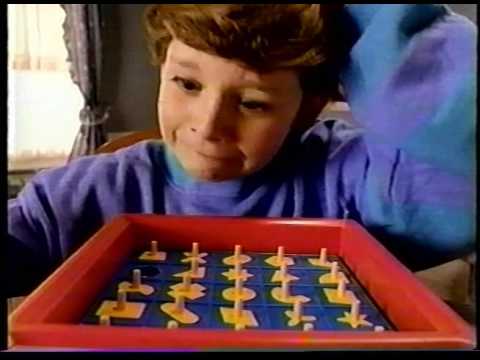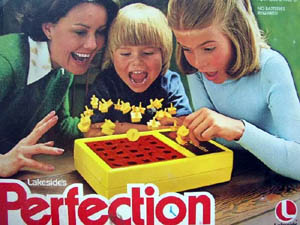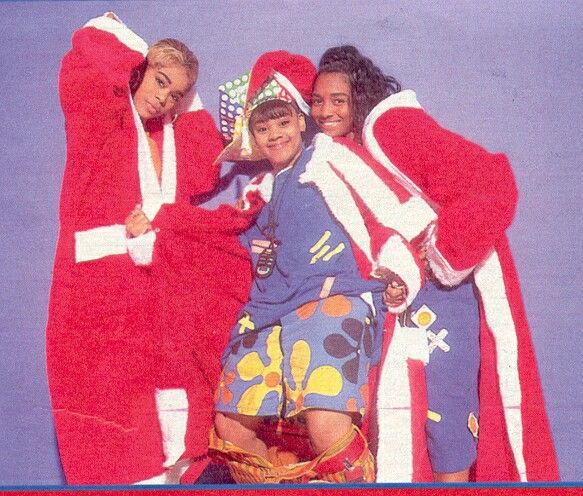
If you were a kid growing up from the late ’70s through the 2000s, chances are you’ve had a tense face-off with one of the most chaotic, exciting board games of all time — Perfection. With its ticking timer, popping platform, and flying puzzle pieces, this game has thrilled (and stressed) generations of players, turning a simple matching game into a heart-pounding race against time.What is Perfection?
Perfection is a fast-paced tabletop game originally introduced by Lakeside in 1973 and later popularized by Milton Bradley (now under Hasbro). It’s simple in concept but intense in execution. The goal? Fit all the uniquely shaped pieces into their corresponding slots on the board before the timer runs out.
Fail to do so in time, and the board explodes upward, launching all the pieces into the air in a gleeful burst of chaos.It’s part puzzle, part memory challenge, part anxiety simulator.How to PlayThe standard version of Perfection includes:A spring-loaded game board25 uniquely shaped pieces
A built-in timer (usually set to 60 seconds)A pop mechanism that ejects all the pieces when time runs outPlayers set the timer, press down the board, and start placing pieces as fast as they can. It’s a solo game, but often played in rounds to see who can beat the board the fastest — or who survives the pop without screaming.Variations and Versions

Over the years, Perfection has seen several reboots and variants:Super Perfection (1986): Featured more pieces and a rotating base for added challenge.Travel Perfection: A compact version with fewer pieces for gaming on the go.Electronic Perfection: Added lights and sounds to increase the sensory chaos.Despicable Me Edition, Frozen Edition, and other branded versions have surfaced for younger fans of themed play.
Each version retains the original premise: beat the clock or face the pop.Why It’s Still Loved
Despite its simplicity, Perfection taps into a unique kind of fun. It’s competitive, it’s loud, and it offers that strange satisfaction of mastering chaos. Plus, it’s secretly educational — building spatial awareness, hand-eye coordination, and even stress management.
There’s something universal about the experience: your heart racing as the timer ticks down, the joy of getting the last piece in — or the laugh-out-loud panic when the board goes POP and ruins everything.
Pop Culture & Legacy
Perfection has popped its way into pop culture as a symbol of pressure and chaos. It’s referenced in memes, skits, and nostalgia videos. The distinctive shapes and sounds are instantly recognizable to kids of the ’80s and ’90s, making it a staple of retro game collections.
Final Thoughts
Perfection isn’t just a game — it’s a rite of passage. Whether you love the rush or dread the pop, you can’t deny the unique magic of a game that’s simple, chaotic, and incredibly fun. In an age of digital distractions, Perfection remains a testament to how analog games can still deliver big thrills — no batteries required.

